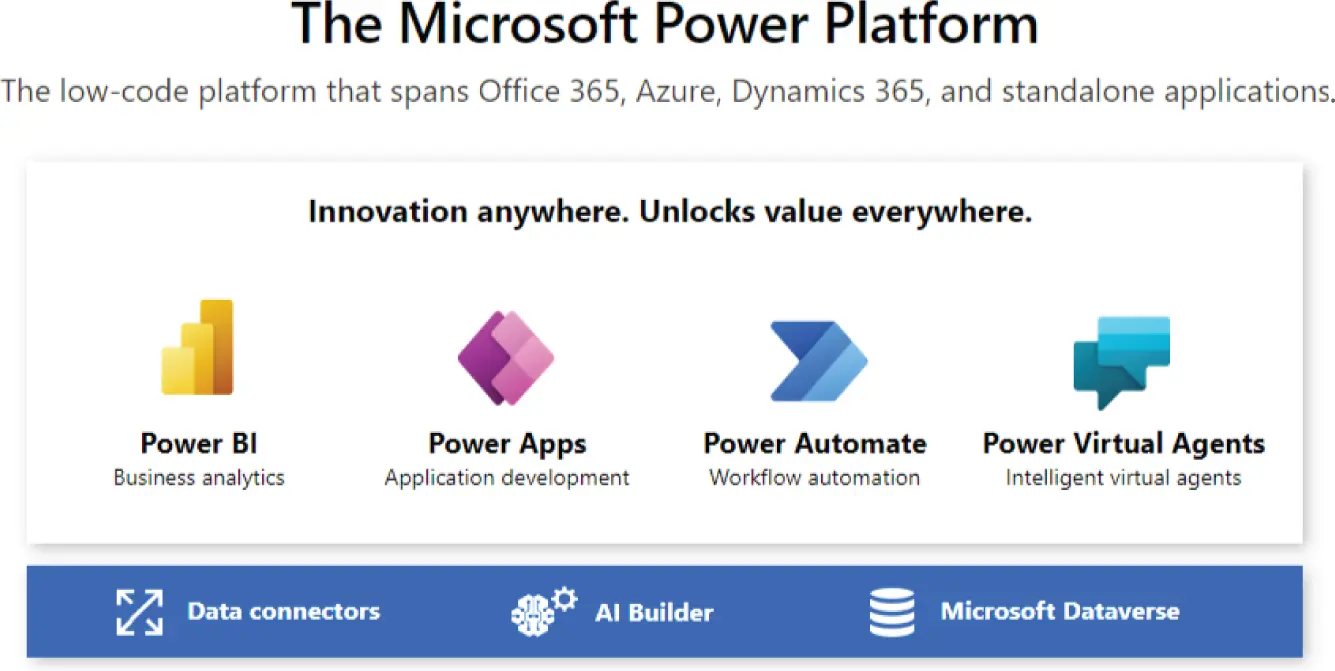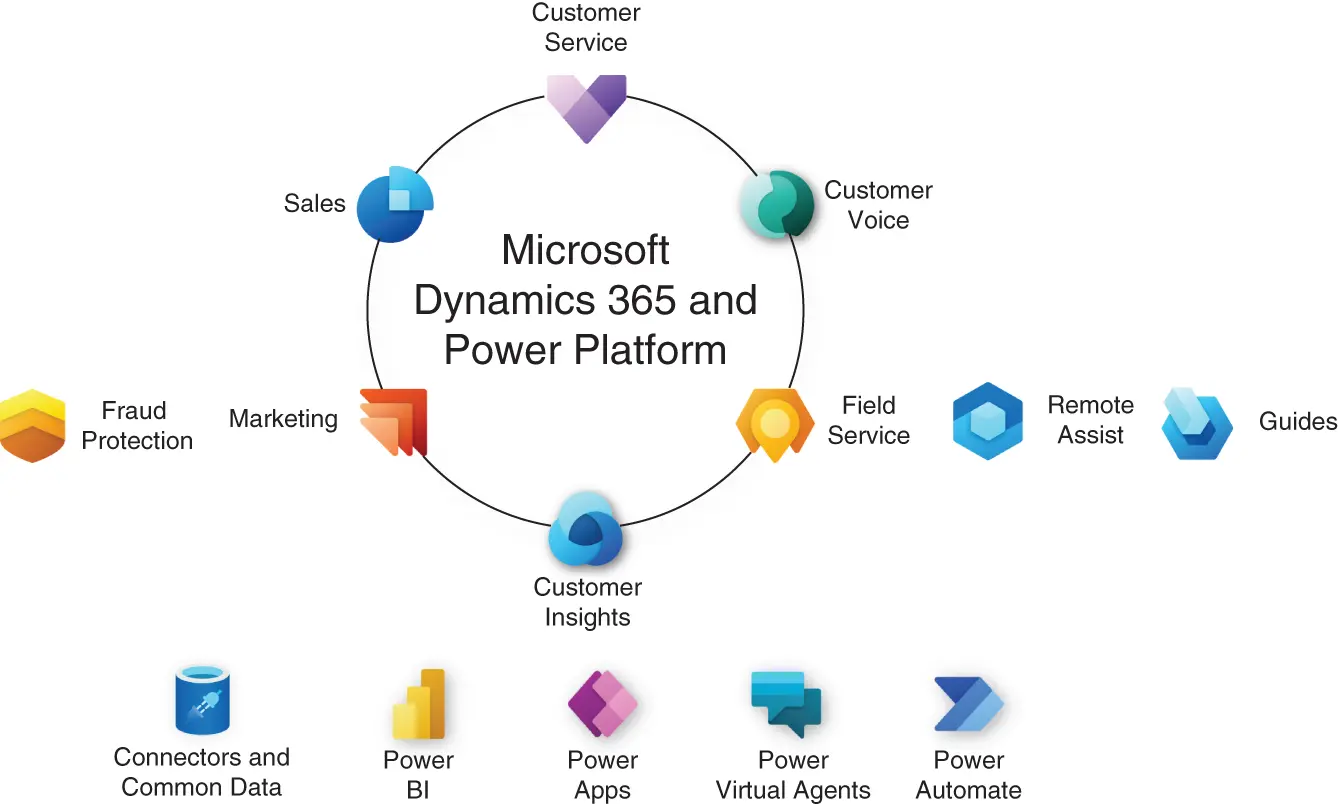To compete and be successful in today's market, it is not enough to simply sell products to our clients. Personalization is a key factor for consumers. Examples of this can be recognized at companies like YouTube or Netflix, which offer content to consumers based on their preferences, or e-commerce sites like Amazon, which make offers to customers based on past behavior. Finally, these are data collection platforms that will be used in the future to improve your value propositions or the customer experience, or perhaps to generate new products and services.
Therefore, data management is vital for organizations and there is a recognition that data is an asset and hence it should be managed in the same manner as financial assets; that is, for financial asset management we have accounting policies and accounting systems, so we should also have policies (data governance and appropriate tools, such as DWH/Data lake), proper management of metadata, and ensure data lineage. Businesses need to capture, analyze, predict, present, and report data. To be effective and efficient, data management must be part of the core strategy of the solution that we implement for users and clients.
The data originates from different applications, devices, channels, and services. The volume of data grows day by day. Normally the data is stored in different providers, technologies, and systems, in such a way that it is extremely difficult to integrate them and to have a consolidated database, which is very costly in time and resources.
Microsoft Dataverse was created that delivers a built-in low-code data platform and provides relational data storage, rich data types, enterprise grade governance, and a one-click solution deployment. Microsoft Project Oakdale is a data service in SaaS mode, which is easy to use, easy to manage, complies with legal regulations, is secure, and is globally scalable. As part of the Microsoft Power Platform (Figure 2.1), it requires no or little code to be written, so it can easily be used by everyone from knowledge workers to professional developers through Microsoft Teams. The new functionality empowers citizen developers and responds to business needs in a rapid and cost-effective way. During the COVID-19 pandemic, where certain areas of businesses needed to transform rapidly, Microsoft Project Oakdale through Microsoft Teams was a quick and rapid solution.

FIGURE 2.1 Microsoft Power Platform
Source: © Microsoft. Used with permission from Microsoft Corporation.
At the time of writing this book, Microsoft has announced that Common Data Service, the sophisticated and secure backbone that powers Dynamics 365 and Power Platform, has been renamed as Microsoft Dataverse. Another key part of that strategy is Microsoft Dataverse for Teams—the essential subset of Dataverse capabilities included as a powerful, built-in data platform for millions of Teams users at no additional cost. 2
The combination of Microsoft's Dataverse, Power Platform, and Teams enables businesses to address complex and real problems with a low-code platform (Figure 2.2).
Business Process: Simplification, Standardization, and Automation
Digital transformation is about how you reinvent and innovate your products, services, optimize your processes, and empower your people to create value for your customers and maintain a competitive advantage in a digital-first world. Normally in companies, there are dozens or hundreds of business processes. Many of these business processes present opportunities for improvement, either because they are slow or obsolete or because they do not collect all the data currently required, they do not involve all stakeholders, or the software that supports them is obsolete and the data is stored in information silos. There are business processes that do not respond to current reality and others that are more complex than necessary.

FIGURE 2.2 Combination of Dynamics 365 Power Platform with other components
Source: Used with permission. Created from a presentation that was given at Microsoft Ignite.
The negative impact of these business processes includes wasteful time management due to manual processes, manual or lack of integration between two systems, and in some cases systems prone to human error, which overall leads to a negative customer experience or demotivated system users. Efforts to improve business processes are costly in time and resources, especially if we think of business processes that involve various channels, systems, and areas of the company. It is also costly in time and resources to keep these processes up to date, to be prepared for constant changes, new products and services, new channels, technologies, sales methods, and market conditions.
Part of the digital transformation refers to the improvement of business processes, to improve the value proposition toward the client, improve the experience of the client, and also of the users, so that it is transformed into a better service. In other words, within the digital transformation strategy of a company, it must be considered a high priority to make key processes more efficient for customers and employees of the organization. Customers and employees expect fast, modern applications that can be used on mobile devices, and that are safe and easy to use.
Automation is not a choice any more but is a compulsion in today's digital age. Customers are not willing to listen to the justification of a business working in silos that are not integrated. Businesses cannot justify lost opportunity due to lack of a holistic view of the customer and their preferences when other businesses are disrupting the market and predicting real-time opportunities and increase of sales efficiently and repeatedly with the knowledge of data.
The Microsoft platform allows you to design and implement business processes that involve different technologies, integrations, channels, and types of applications, without the need to develop code. Microsoft Dynamics 365 and Microsoft Power Platform help to improve and make more efficient business processes in different ways:
It natively contains a series of processes already included in the different products, whether for sales, marketing, customer service, logistics, purchasing, manufacturing, among others. These processes can be modified, without the need to develop code, to adjust to the particular needs of each company.
The platform allows new data models and business processes to be designed from scratch, in such a way that we can digitize processes quickly and easily.
It allows us to automate processes, through workflow engines and integration mechanisms. The Microsoft Power Platform's workflow capabilities allow integration of more than 400+ services, such as DropBox, Salesforce, SAP, Azure, Office, among others. 3 These automation capabilities allow us to integrate diverse channels, systems, and applications quickly and easily.
The Microsoft Power Platform on which the business processes are built allows maintaining and modifying them in a simple way, and thus the business can update them as necessary.
The Microsoft Platform allows you to create different types of applications to model business processes, oriented to the channel and the needs of each company. For example, a business process that is initiated by a client through the web channel can then be worked on by a customer service agent through a browser or a mobile device, which allows sending a response to the client through an SMS message or involving a chatbot from the web channel to solve a customer problem.
Читать дальше














